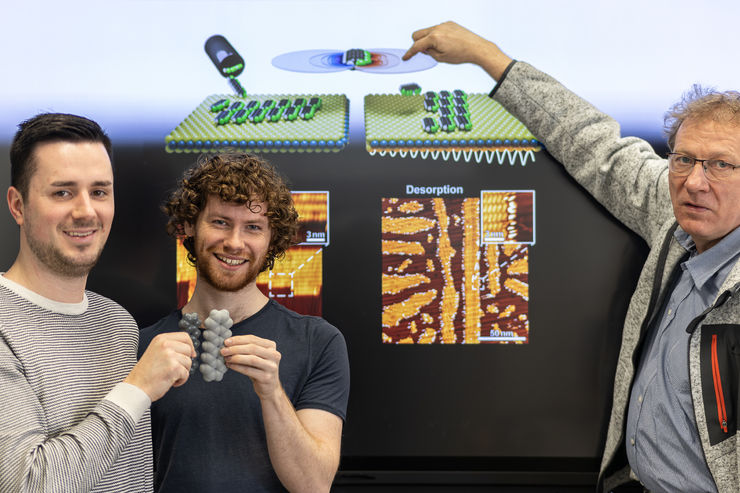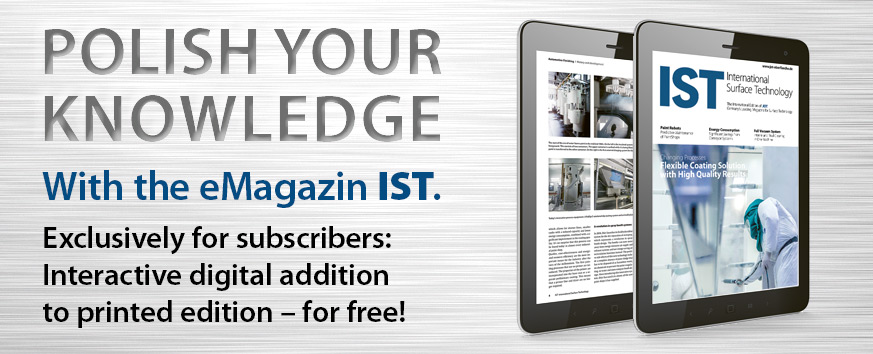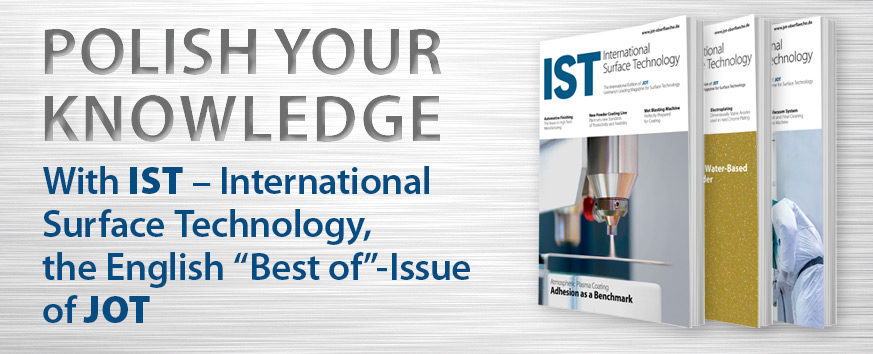Researchers at ETH Zurich have developed a wafer-thin transparent coating of gold that can convert sunlight into heat. It can be applied to glass or other surfaces, for example, and thus prevent them from fogging up. The coating could be used on eyeglass lenses and car windows, among other things. The researchers emphasize that they are using a technically simple coating method that is widely used in industry. In this process, tiny amounts of gold are vapor-deposited onto the surface in a clean room under vacuum. ETH Zurich has filed a patent application for the coating.
Coating absorbs infrared radiation
What is special about the new coating is that it selectively absorbs solar radiation. Half of the energy of sunlight is in infrared radiation and the other half in visible light or UV radiation. "Our coating absorbs a large part of the infrared radiation and thus heats up - by up to 8 °C," explains ETH doctoral student Iwan Hächler. Radiation in the visible range, on the other hand, it lets through. This is the reason why the coating is transparent. The new coating uses a different approach than conventional anti-fogging methods: Conventionally, surfaces are often coated with water-attracting (hydrophilic) molecules. This causes condensed water to spread evenly over the surface. Anti-fog sprays work this way. The new method, on the other hand, heats the surface, preventing moisture in the air from condensing on the surface - like the rear window heater in a car. Heating with electricity, however, is inefficient, Hächler points out. In contrast, the new coating heats passively and requires no additional energy when the sun shines.
Thinner, more efficient, flexible
ETH professors Dimos Poulikakos and Thomas Schutzius and their teams have been working for several years on surface coatings that heat passively. The scientists published their first research paper on a gold coating that prevents transparent surfaces from fogging three years ago. The coating now presented has several advantages over the first: It is made up of fewer layers and is significantly thinner. As a result, it is more transparent and flexible. It is also more efficient and transparent because it selectively absorbs infrared. Gold is expensive, but so little of it is needed that the material costs are nevertheless low, as the researchers explain. The coating is based on the sandwich principle: Small and extremely thin clusters of gold are sandwiched between two layers of titanium dioxide, an electrically insulating material. These two layers increase the efficiency of heat extraction due to their light refraction properties. In addition, the upper titanium dioxide layer acts like a varnish and protects the gold layer from abrasion. The entire sandwich coating is only ten nanometers thick. By comparison, gold leaf is about twelve times thicker. The individual gold clusters touch each other slightly at the sides. This makes the gold layer electrically conductive. Without sunlight, it would therefore still be possible to heat the coating with electricity.
Broad field of application
The coating is now to be further developed for applications. The researchers are also investigating whether other metals are just as suitable as gold. In addition to eyeglasses and car windows, this anti-fogging principle could be used wherever something needs to be heated and transparent at the same time, for example in building windows, mirrors or optical sensors. However, there is no need to fear that this would cause a car or a building to heat up more in the summer. Hächler explains: "The pane coating absorbs infrared rays from the sun, which specifically heats the pane and prevents the radiation from reaching the inside of the car or building. As a result, the interior heats up even less than it would without the coating."
Autor(en): wi







